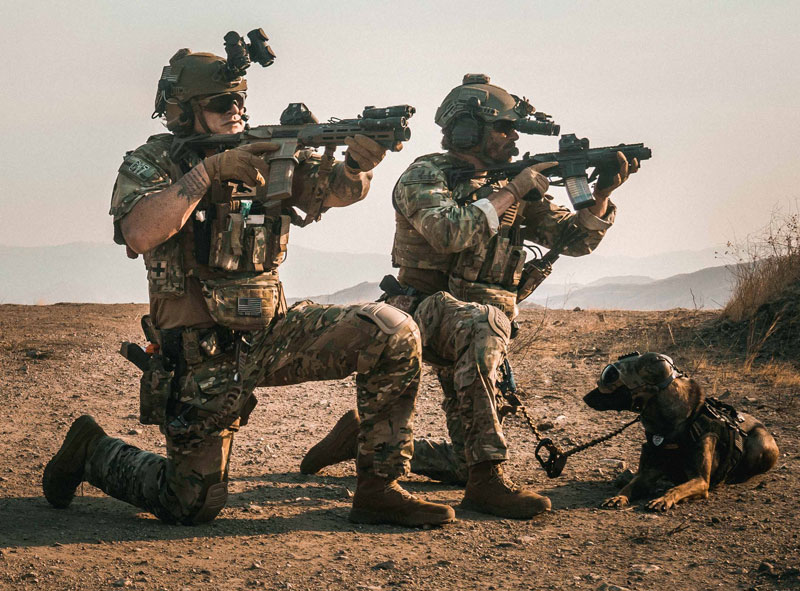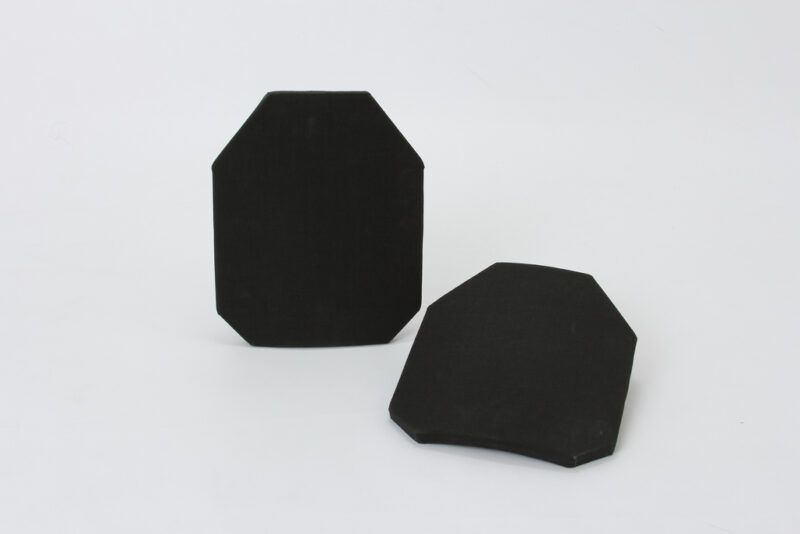The Role of Ceramic Plates in Tactical and Combat Scenarios

In contemporary warfare and tactical engagements, survival frequently depends on what you’re wearing. With bullets from high-speed rifle fire to armor-piercing rounds, body armor is more than tactical equipment—it’s a matter of life and death. Today’s most effective protection systems are ceramic armor plates, a vital step up from past, heavier technology.
Designed for stopping power and agility, ceramic plates have revolutionized the strategy of military personnel, law enforcement officers, and private security personnel in terms of ballistic protection. But why are they so effective, and why are they the go-to armor in the world’s most hazardous environments?
Let’s find out!
Upgrade your protection with the Chase Tactical 4SAS4 Level IV Armor Plate—Shop now!
Understanding Ceramic Armor Plates
Ceramic plates are made to retain and dissipate the energy from incoming projectiles, stopping them from entering and causing injury. In most cases, they are made of materials such as boron carbide, silicon carbide, or alumina, which are characterized by their hardness and can resist high-velocity impacts.
A ceramic plate is produced by attaching a hard ceramic strike face to a ductile backing material, such as ultra-high-molecular-weight polyethylene (UHMWPE) or aramid fibers. When the plate is struck, the ceramic layer shatters the projectile, and the backing dissipates the remaining energy, stopping further penetration and reducing blunt force trauma.
Advantages of Ceramic Plates in Tactical Operations
When lives are at stake, every little bit of protection counts; ceramic body armor plates are the answer for those working in high-risk zones. They provide a proven balance between mobility and optimal ballistic protection. Their composition is unlike that of other materials, providing a tactical advantage that few others can equal.
1. Lightweight Protection

One of the major benefits of ceramic plates is that they are lightweight. Ceramics offer the same or better protection as conventional steel plates at a significantly lighter weight. This reduced weight increases mobility and stamina, essential variables in dynamically active combat scenarios.
2. High-Level Ballistic Resistance
Ceramic plates can halt high-speed rounds, such as armor-piercing rounds. Depending on the design and material, they can provide protection equivalent to or above the National Institute of Justice (NIJ) Level III and IV standards, protecting against threats such as the 7.62×51mm NATO and .30-06 Springfield armor-piercing rounds.
3. Multi-Hit Capability
Advanced ceramic plates are designed to absorb multiple impacts in the same location. This multi-hit feature is critical in combat where troops can be subjected to prolonged fire, providing ongoing protection after initial impacts.
4. Improved Trauma Mitigation
Blending ceramic and backing materials enables the force from an impact to be distributed over a larger surface, thereby decreasing the risk of severe blunt-force trauma. This is especially crucial in preventing internal injuries from high-speed impacts.
Applications of Ceramic Plates in Military and Tactical Scenarios
Ceramic armor plates are crucial to military and law enforcement forces, offering adaptable protection in various roles. Let’s discuss how plates are utilized in multiple tactical uses:
Infantry Protection
Ceramic plates are incorporated into standard-issued vests to safeguard soldiers from small-caliber fire, shrapnel, and explosive fragments. Due to their lightweight, they halt threats from assault rifles and other typical ammunition while maintaining the soldier’s agility.
Vehicle Crews
Ceramic plates safeguard personnel from incoming fire or explosive rounds within armored vehicles such as tanks and MRAPs. They cover critical areas, keeping them safe without contributing to excessive weight, which is essential for mobility in cramped spaces.
Special Operations
Ceramic plates are essential for high-risk special and elite tactical operations. They offer strong protection against armor-piercing ammunition while allowing flexibility for intricate, high-speed operations.
Law Enforcement
SWAT officers and tactical police units use ceramic plates to protect themselves from intense gunfire, including assault rifle rounds. The plates keep officers safe during risky missions while enabling them to remain mobile.
Limitations and Considerations
Although ceramic plates have much to offer, they are not without their limitations:
- Brittleness: Ceramics’ natural brittleness implies that though they might halt a projectile, they will shatter under impact, detracting from their utility in further action.
- Cost: Quality ceramic plates are expensive and can place a budget strain on certain units.
- Maintenance: The plates must be regularly inspected to maintain their integrity because cracks or damage decrease their protective ability.
Conclusion
Ceramic armor plates are essential in contemporary tactical and combat operations, protecting while maintaining mobility. Their capacity to absorb high-velocity impacts and dampen blunt force trauma makes them crucial in protecting front-line personnel. With advancements in materials science, the future of ceramic armor appears promising, as research continues to enhance durability, minimize weight, and improve cost-effectiveness.
Frequently Asked Questions
What materials are typically used for ceramic armor plates?
Boron carbide, silicon carbide, and alumina are typical materials, each providing differing hardness levels and ballistic protection.
Are ceramic plates capable of withstanding multiple hits?
High-tech ceramic plates feature multi-hit technology, enabling them to withstand multiple strikes to the same location without compromising their protective capabilities.
How should ceramic armor plates be maintained?
Routine inspection for cracks or damage is crucial. To maintain protection, affected plates must be replaced in a timely fashion.
How long does ceramic body armor last?
Ceramic plates typically have no expiration, depending on usage and storage conditions.
Are ceramic plates effective against all types of bullets?
Ceramic plates are designed to stop most small arms fire, including high-velocity rounds, but may not be effective against extreme armor-piercing ammunition.

